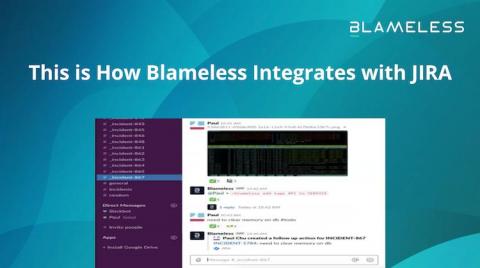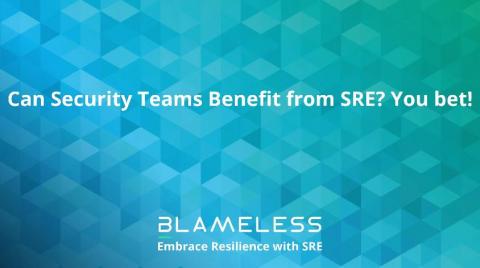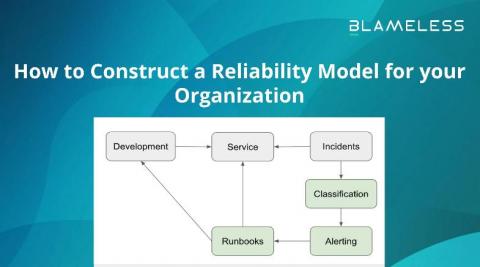An end-to-end incident in Blameless and PagerDuty
PagerDuty is a leading on-call management platform that aggregates monitoring and alerting data, notifies on-call teams, and accelerates incident resolution. The platform is used by thousands of teams responsible for software experiences. It integrates incident triage with rapid responder mobilization, so teams can resolve incidents in real time.











